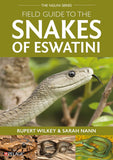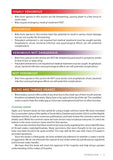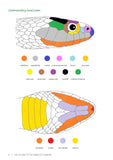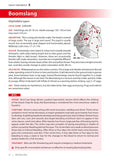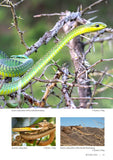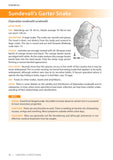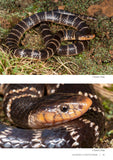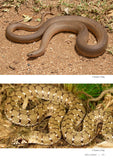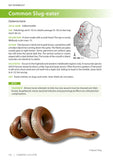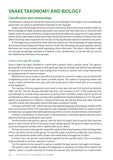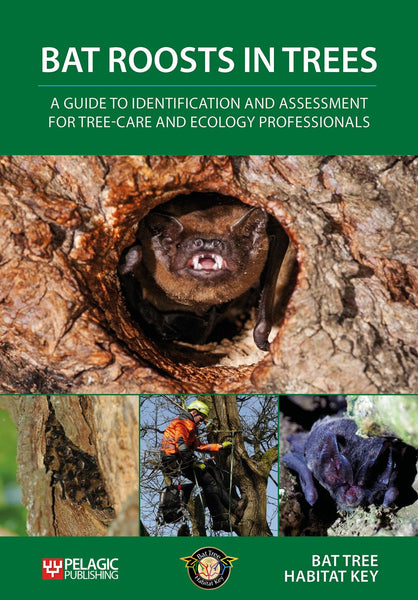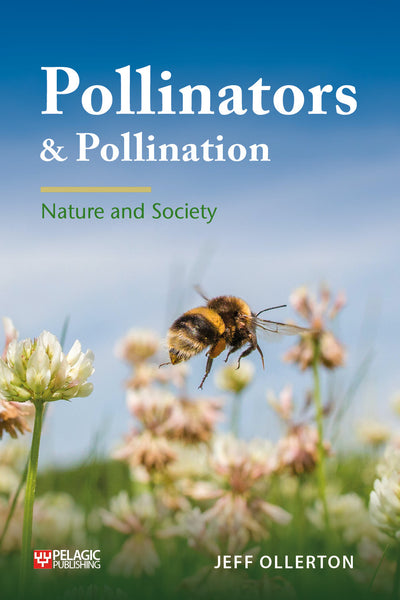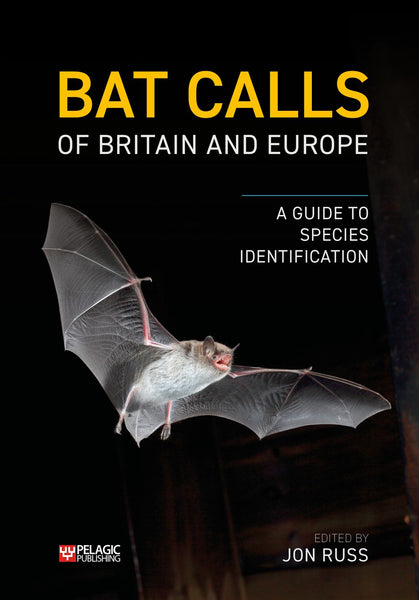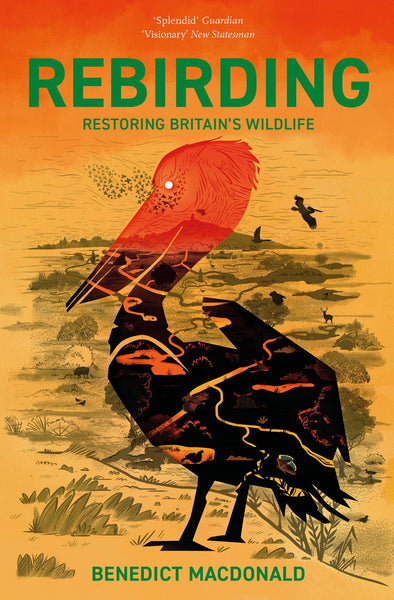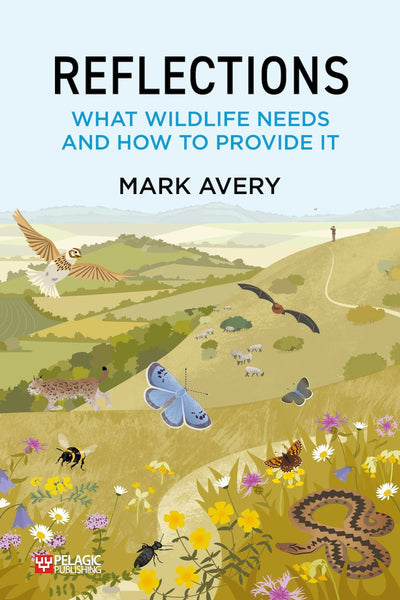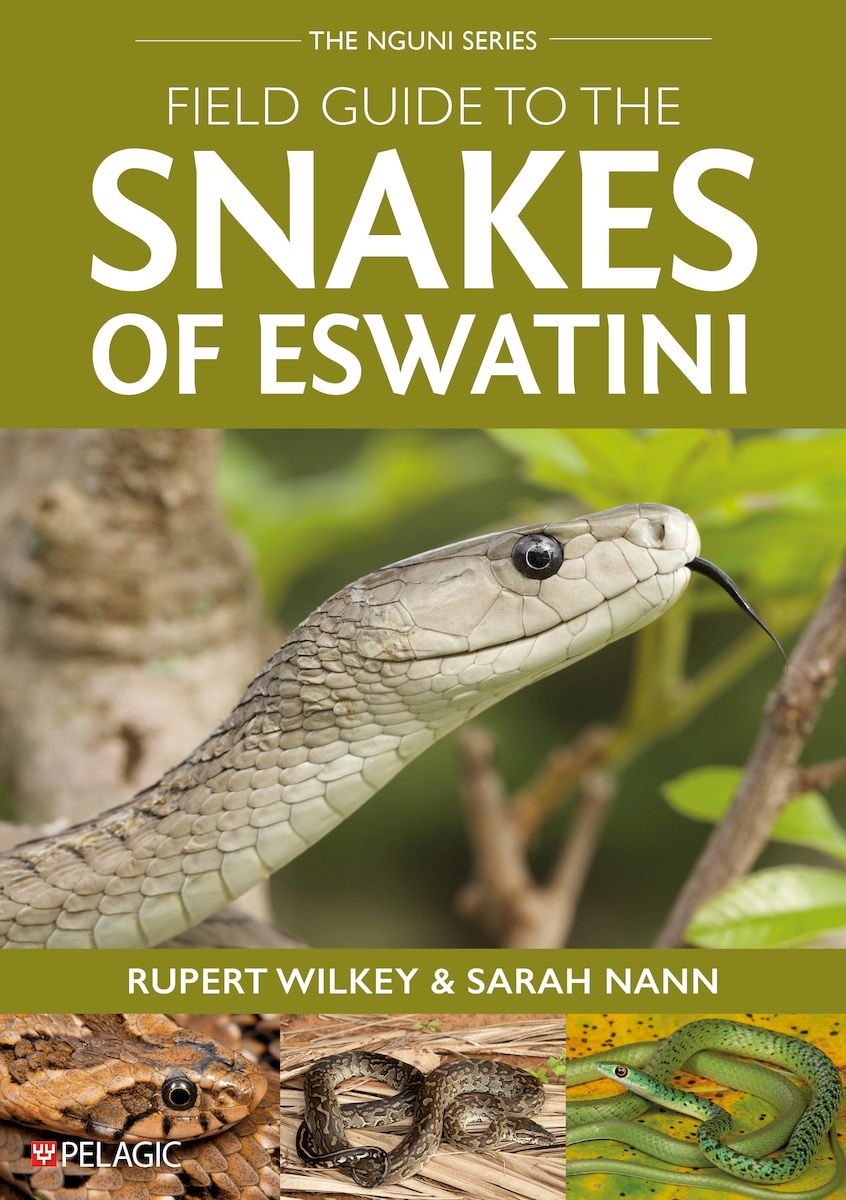
Field Guide to the Snakes of Eswatini
- The first dedicated book describing all the snake species found in Eswatini.
- Over 300 colour images to enable easy identification.
- Contains precise distribution maps based on over 6,000 location records from the past thirty years.
- I have read many field guides from various parts of the world over the past sixty years, and this is my favourite.
—Andy Martin, herpetologist and conservationist
- Eswatini
- field guide
- herpetofauna
- herpetology
- identification
- reptiles
- snakes
- Swaziland
- taxonomy
Description
Field Guide to the Snakes of Eswatini offers a complete account of all 63 snake species recorded in the Kingdom of Eswatini (formerly known as Swaziland). Each species is illustrated with stunning photographs, over 300 images in all. The species are described in detail, including size, colouration, habits and diet. Species are presented in colour-coded groups based on the severity of their bite and venom: highly venomous, venomous, venomous but not dangerous, and non-venomous. This system enables the reader to quickly assess the treatment required following a bite and to seek appropriate first aid.
Each species is contained in a double-page spread, making it easy for the reader to see all information on that particular snake, and also facilitating easy comparison by flicking between species. Dedicated sections also consider similar-looking species side by side, while there is also a wide-ranging discussion of snake behaviour, Eswatini’s habitats and a host of other fascinating and useful information.
The authors each bring nearly 50 years of fieldwork and research experience together in this groundbreaking guide. It will appeal to the experienced herpetologist as well as amateur naturalists, hikers and tourists.
DOI: 10.53061/FWDV3720
Table of Contents
Foreword by Richard C. Boycott
A Message from the Honourable Minister Mr Manqoba Khumalo
Preface
Acknowledgements
Introduction
How to use this book
Identifying snakes
Species accounts
- Highly venomous
- Venomous
- Venomous not dangerous
- Not venomous
- Blind and thread snakes
Similar-looking snake species
Similar-looking green snakes
Similar-looking grass snakes
Lizards confused with snakes
Additional photographs
Habitat
Snake taxonomy and biology
Human–snake interactions
National parks and game reserves
Societies
Further reading
Glossary
Photographic contributors
Index of scientific names
Reviews
- Here is a volume dedicated solely to the 63 species of snake known from Eswatini. And what a super book it is. The maps are clear, the text succinct, up-to-date and accurate, the photographs are simply stunning. It’s an indispensable guide for all naturalists, educators and conservationists in the region, useful both in the field and on the desk.
—Stephen Spawls, author, herpetologist and conservationist - I have read many field guides from various parts of the world over the past sixty years, and this is my favourite. It is an outstanding work and clearly, an enormous amount of passion, perseverance and hard work has gone into its creation. It sets a new standard for field guides, where the snakes are described and presented in a way that is both practical and aesthetically pleasing. I thoroughly recommend this excellent new book.
— Andy Martin, herpetologist and conservationist - The scientific rigor, pedagogical clarity and aesthetic quality of this book will enable scientists, naturalists, managers and environmental defenders, as well as simple walkers, hikers and tourists, to discover the hidden beauty of these discreet species.
—Prof. Tahar Slimani, Cadi Ayyad University, Marrakech - A very useful book for the field biologist and visitor of this interesting small country.
—Reptile Database Newsletter
About the Author
Rupert Wilkey grew up in Kenya and Malawi and caught his first snake at the age of twelve. Since then, he has spent the past fifty years studying the reptiles and amphibians of Africa. In 1996, Rupert was made a Founder Fellow of the Zoological Society of London, and in 1998, he was made a Fellow of the Royal Geographical Society. He has been part of numerous expeditions in Africa and recently worked with the University of Marrakech Cadi Ayyad, collecting DNA samples from reptile species in the Atlas Mountains. In 2020, he won the Cambridge University Student Led Teaching Award for Inclusive Practice. As an accomplished author, he has written extensively on reptiles and African history. He is a member of both the Royal Society of Literature and the Society of Authors.
Sarah Nann moved to Africa when she was six years old, first to Zambia, then Malawi and Kenya. She obtained an Honours degree in Zoology from Edinburgh University. Since arriving in Eswatini thirty years ago, she has been actively involved in snake rescue and relocation. Research for her Master’s degree in psychology led to the publication of a paper about snakebites in rural communities. Sarah is a member of The Herpetological Association of Africa (HAA) and in 2024 was made a Paul Harris Fellow for her educational work with reptiles.
Bibliographic Information
 208 pages
208 pages - 350 colour photos
- BISAC SCI070010, SCI087000, NAT028000
- BIC PSVW5, PSAB, WNCK






